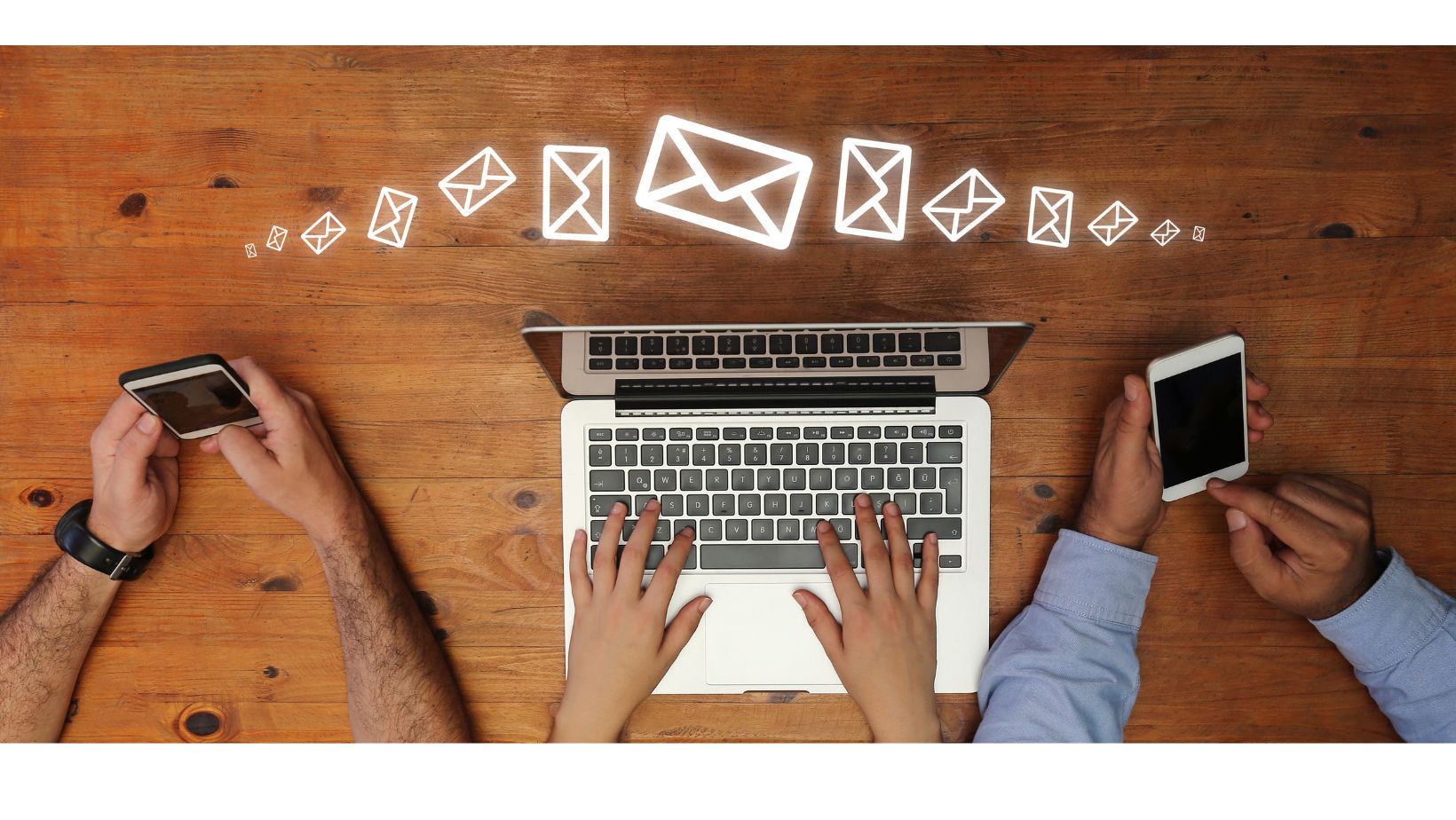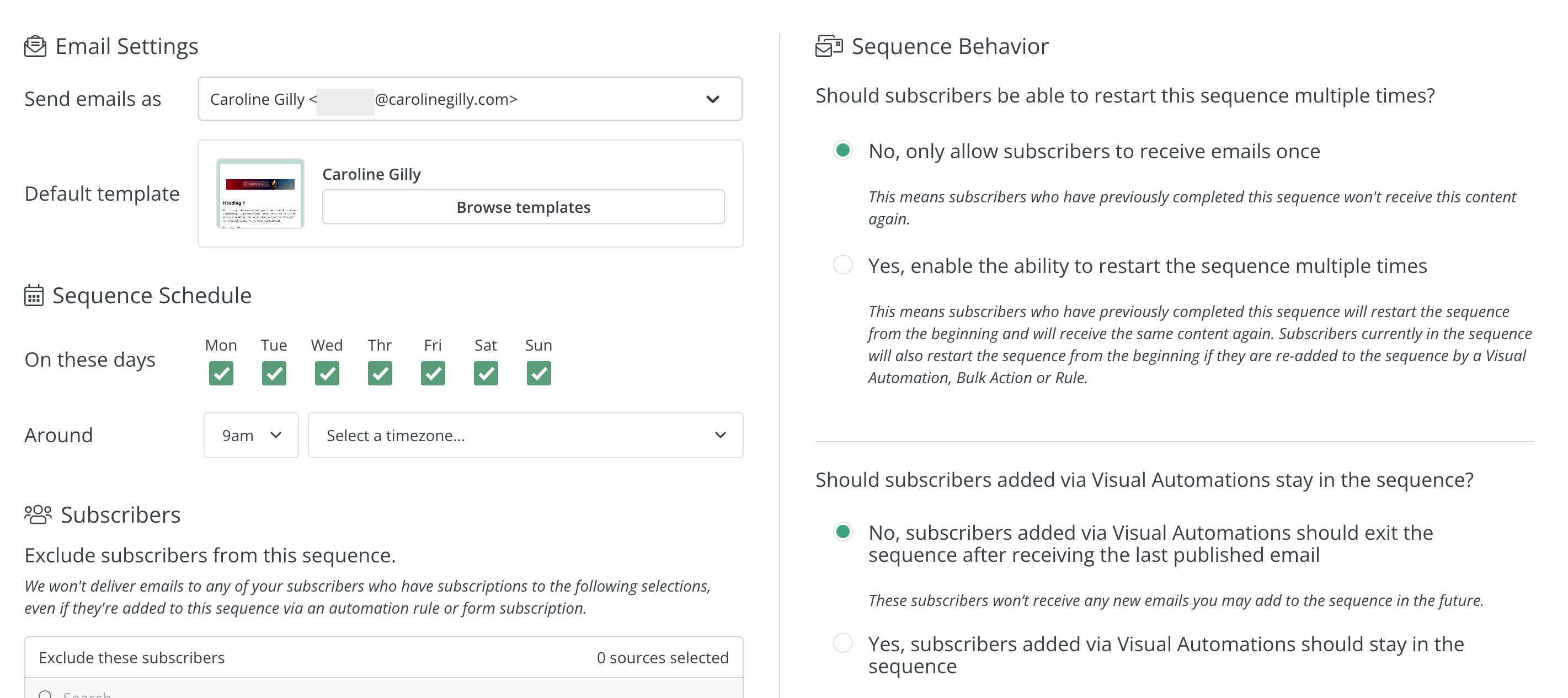Build an Email Sequence That Converts
Register for the Free 5 Day Bootcamp: Create Your Email Sequence &
Generate (Your First) Automated Sales in 5 days.
Email sequences are an essential element of any successful email marketing strategy. They allow you to automate your email marketing efforts, and send a series of relevant and valuable emails to your subscribers, gradually introducing your products or services and building trust with them. They allow you to nurture leads and build relationships with your subscribers over time, leading to increased conversions and sales. In this blog post, we’ll take a look at why email sequences are so important, and how you can create your own to start seeing results for your business.

Why Are Email Sequences so Important?
One of the biggest advantages of email sequences is that they allow you to automate your email marketing efforts. This means that you can set up a series of emails in advance, and they will be sent out to your subscribers automatically according to the schedule you choose. This can save you a lot of time and effort, and it also ensures that your subscribers receive consistent, relevant content on a regular basis.
Another advantage of email sequences is that they allow you to build relationships with your subscribers over time. By sending a series of emails instead of just one, you can gradually introduce your products or services to your subscribers and build trust with them. This can lead to increased conversions and sales, as your subscribers are more likely to make a purchase when they feel comfortable and familiar with your brand.
However, to create an effective email sequence, you need the right tools.
What Tools do you Need to Create an Email Sequence?
The first tool you need for an email sequence is a lead generation form.
A lead generation form is a form that you place on your website or landing page to collect contact information from potential customers. This includes information such as their name and email address. Lead generation forms are essential for building your email list, which is the foundation of any email sequence.
There are many options available for creating lead generation forms, including using a form builder tool, like Google Forms, or Typeform, or using a lead generation plugin for your website, like Gravity Forms or OptinMonster.
When selecting a lead generation form tool, it’s important to consider the features that are important for your business, such as the ability to segment your email list or integrate with your email provider.
Segmentation is important from the very early stages of your business, as it will allow you to send different emails depending on the stage your contacts are in. You wouldn’t send an email with an offer to someone who’s already bought it. That would be confusing and you would take the risk of losing their trust if your message is not well targeted.
The second tool you need for an email sequence is an email provider. An email provider is a service that allows you to send and manage your email campaigns. There are many email providers available, including Mailchimp and Converkit that are very popular. When selecting an email provider, it’s important to consider the features that are important for your business, such as the ability to automate email sequences, segment your email list, or track and analyze your email campaigns.
When you have selected your lead generation form tool and email provider, it’s important to integrate them. This means connecting your lead generation form with your email provider so that when someone fills out your lead generation form, their contact information is automatically added to your email list. This eliminates the need to manually add contacts to your email list, saving you time and effort.
As you can see, lead generation forms and email providers are essential tools for an email sequence. By using a lead generation form to build your email list and an email provider to manage and send your email campaigns, you can create an effective email sequence that will drive results for your business.
Make sure to select the tools that fit your business needs, and integrate them for a smooth flow of leads into your email sequence.
Now that we’ve covered the tools you need for your email sequences, let’s take a look at how you can create your own.
Create Your Own Email Sequence
Step 1. Define your goals
The first step in creating an email sequence is to define your goals. What do you want to achieve with your email sequence? Are you trying to generate leads, promote a product, or build relationships with your subscribers?
Usually, your email sequence will do everything we just mentioned. Let’s say you want to promote your product or service. The first step in your email sequence will be to build a relationship with your prospects. It’s very important to build trust with them, so that when they are ready to buy, you are the first person that comes to their mind.
Step 2. Determine the Trigger
The trigger is the event that initiates the email sequence. This could be someone signing up for your lead magnet, making a purchase, or visiting a specific page on your website. By determining the trigger, you’ll know when to start the email sequence.
Step 3. Determine the Number of Emails
The next step is to determine the number of emails in your sequence. There is no one-size-fits-all answer to this question, as the number of emails will depend on your specific business and audience. However, a good rule of thumb is to start with a short sequence of 3-5 emails, and then gradually increase the number as you see results.
Step 4. Segment Your Email List
This means dividing your subscribers into different groups based on their interests, behaviors, or demographics. This will allow you to create highly targeted and relevant email sequences for each group. For example, you could segment your email list into three groups: those who have signed up for your free trial, those who have made a purchase, and those who have not yet made a purchase. If you’re just starting out and you only have one product to offer, keep it simple: create a segment with your prospects and another one with your customers. You’ll have plenty of time to refine your segmentation as your business grows.
Once you’ve segmented your email list, you can start creating your email sequence. The key is to create a series of emails that will gradually introduce your products or services to your subscribers and build trust with them.
Example of an Email Sequence
Email 1: Welcome email – introduce yourself and your business, and offer a lead magnet (e.g. a free e-book or webinar)
Email 2: Educational email – provide valuable information related to your niche or industry. This will help establish you as an authority and build trust with your subscribers.
Email 3: Promotional email – Once you’ve established yourself as an authority and built trust with your subscribers, it’s time to introduce your products or services. Offer a special deal or discount to encourage conversions
Email 4: Follow-up email – check in with your subscribers and see if they have any questions or need more information
Email 5: Testimonial email – showcase customer testimonials or case studies
Email 6: Closing email – Follow up with your subscribers to see if they have any questions or need more information, and remind them of the special deal you offered.
It’s important to note that this is just a simple example and you can adjust the number of emails and the frequency of the emails based on your specific business and audience. Also, it’s important to test and optimize your email sequence to see what works best for you and your audience.
Email sequences are a powerful tool for automating your email marketing efforts, building relationships with your subscribers, and increasing conversions and sales. By defining your goals, segmenting your email list, and creating a series of relevant and valuable emails, you can create a winning email sequence that will drive results for your business.
So there you have it: the anatomy of an email sequence that can grow and scale your business!



